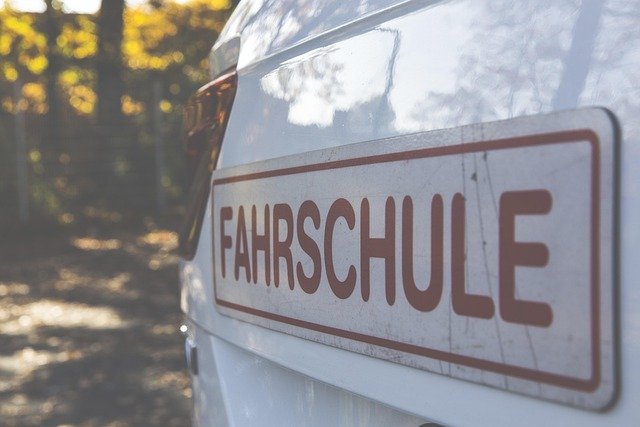Aviation Training United States
For Australian students seeking world-class aviation training, the United States remains a leading destination. With a wide range of FAA-certified flight schools, advanced simulators and experienced instructors, U.S. programs offer strong pathways to a global aviation career. This guide helps Australian applicants navigate every step — from selecting the right school and understanding visa requirements to estimating total costs in AUD and ensuring their qualifications align with CASA standards after training abroad.

How can Australian students apply to U.S. aviation programs?
Australian students interested in pursuing aviation training in the United States should start by researching FAA-approved flight schools that accept international students. Many U.S. flight schools have dedicated international admissions departments to assist with the application process. Key steps include:
-
Selecting schools based on program offerings, location, and reputation
-
Gathering required documents such as academic transcripts, proof of English proficiency, and financial statements
-
Completing the school’s application form and paying any associated fees
-
Obtaining a letter of acceptance from the chosen flight school
Once accepted, students will need to apply for the appropriate student visa, which leads to our next important consideration.
What visa options are available for flight training in the U.S.?
Australian students have two main visa options for aviation training in the United States: the F-1 and M-1 visas. The choice depends on the type and duration of the program:
F-1 Visa:
-
For academic programs at colleges or universities
-
Suitable for longer-term studies, including bachelor’s or master’s degrees in aviation
-
Allows for practical training after program completion
M-1 Visa:
-
For vocational or non-academic programs
-
Typically used for shorter, intensive flight training courses
-
Has stricter limitations on length of stay and work opportunities
To apply for either visa, students must first obtain an I-20 form from their chosen flight school, then complete the DS-160 online visa application and attend an interview at the U.S. Embassy or Consulate in Australia.
How do U.S. tuition and living expenses compare in AUD?
Understanding the financial commitment is crucial for Australian students considering aviation training in the United States. Costs can vary significantly depending on the location, program length, and type of training.
| Expense Category | Estimated Cost Range (AUD) | Notes |
|---|---|---|
| Tuition (per year) | 40,000 - 100,000 | Varies by program and school |
| Living Expenses (per year) | 20,000 - 40,000 | Depends on location and lifestyle |
| Flight Hours (per hour) | 250 - 500 | Varies by aircraft type |
| Books and Supplies | 1,000 - 3,000 | Annual estimate |
| Health Insurance | 1,500 - 3,000 | Annual requirement for international students |
Prices, rates, or cost estimates mentioned in this article are based on the latest available information but may change over time. Independent research is advised before making financial decisions.
It’s important to note that while initial costs may seem high, many U.S. flight schools offer more comprehensive training packages and faster completion times compared to some Australian programs, potentially offsetting long-term costs.
How do FAA pilot licenses relate to CASA conversion?
Australian students who complete their training in the United States will earn FAA (Federal Aviation Administration) licenses. To fly professionally in Australia, these licenses must be converted to CASA (Civil Aviation Safety Authority) equivalents. The conversion process typically involves:
-
Verifying the authenticity of FAA licenses with the U.S. authorities
-
Passing CASA theory exams on Australian aviation law and procedures
-
Completing a flight test with a CASA-approved examiner
-
Meeting CASA’s medical requirements
While the process requires additional steps, many Australian pilots find that holding both FAA and CASA licenses enhances their global career prospects.
What should you look for in U.S. flight schools with strong international student support?
Choosing the right flight school is crucial for international students. When evaluating U.S. aviation programs, Australian students should consider:
-
Dedicated international student services
-
ESL support if needed
-
Housing assistance or on-campus accommodation options
-
Cultural integration programs
-
Career services with connections to international airlines
-
Clear credit transfer policies for those pursuing academic degrees
-
Strong safety records and modern training fleets
-
Locations with favorable year-round flying weather
It’s also beneficial to look for schools with experience training Australian students, as they may have established pathways for CASA conversion and connections with Australian aviation employers.
In conclusion, pursuing aviation training in the United States offers Australian students access to world-class facilities, diverse flying environments, and internationally recognized qualifications. While the process involves careful planning and financial consideration, the potential benefits in terms of accelerated training, global networking, and career opportunities make it an attractive option for many aspiring pilots from Australia.




